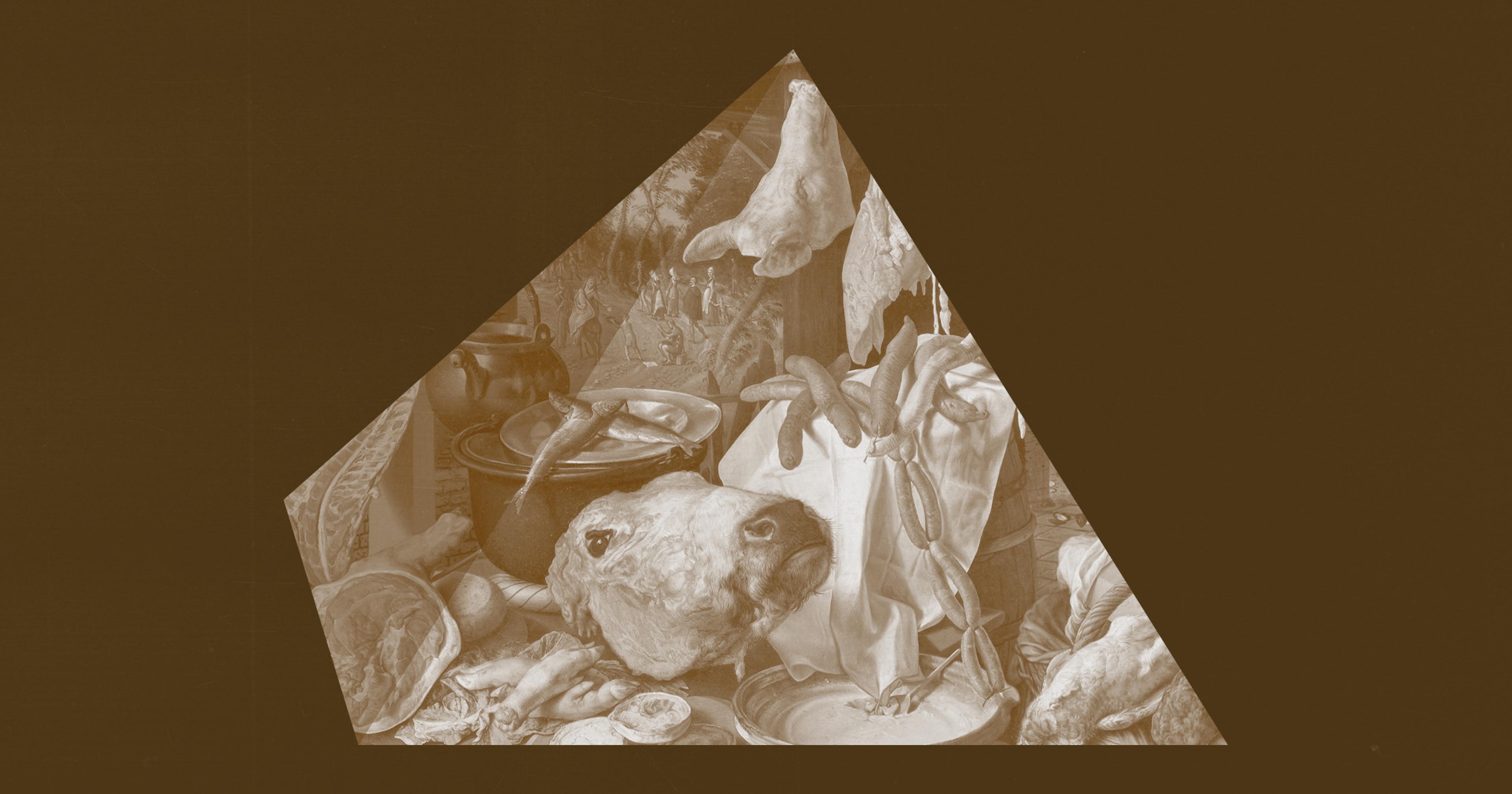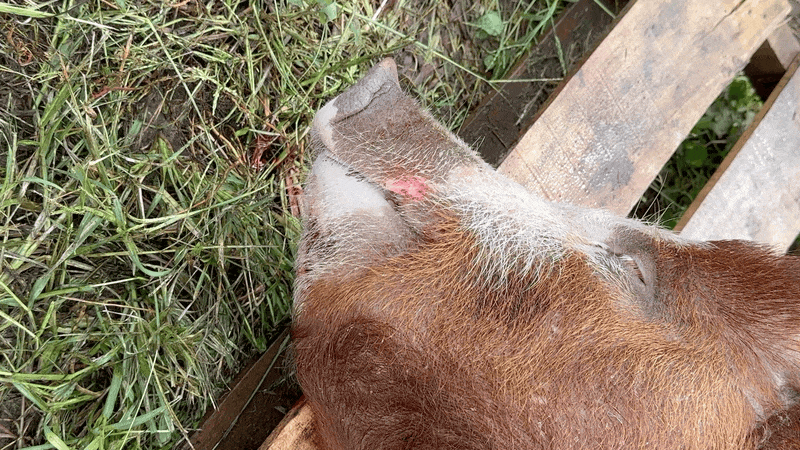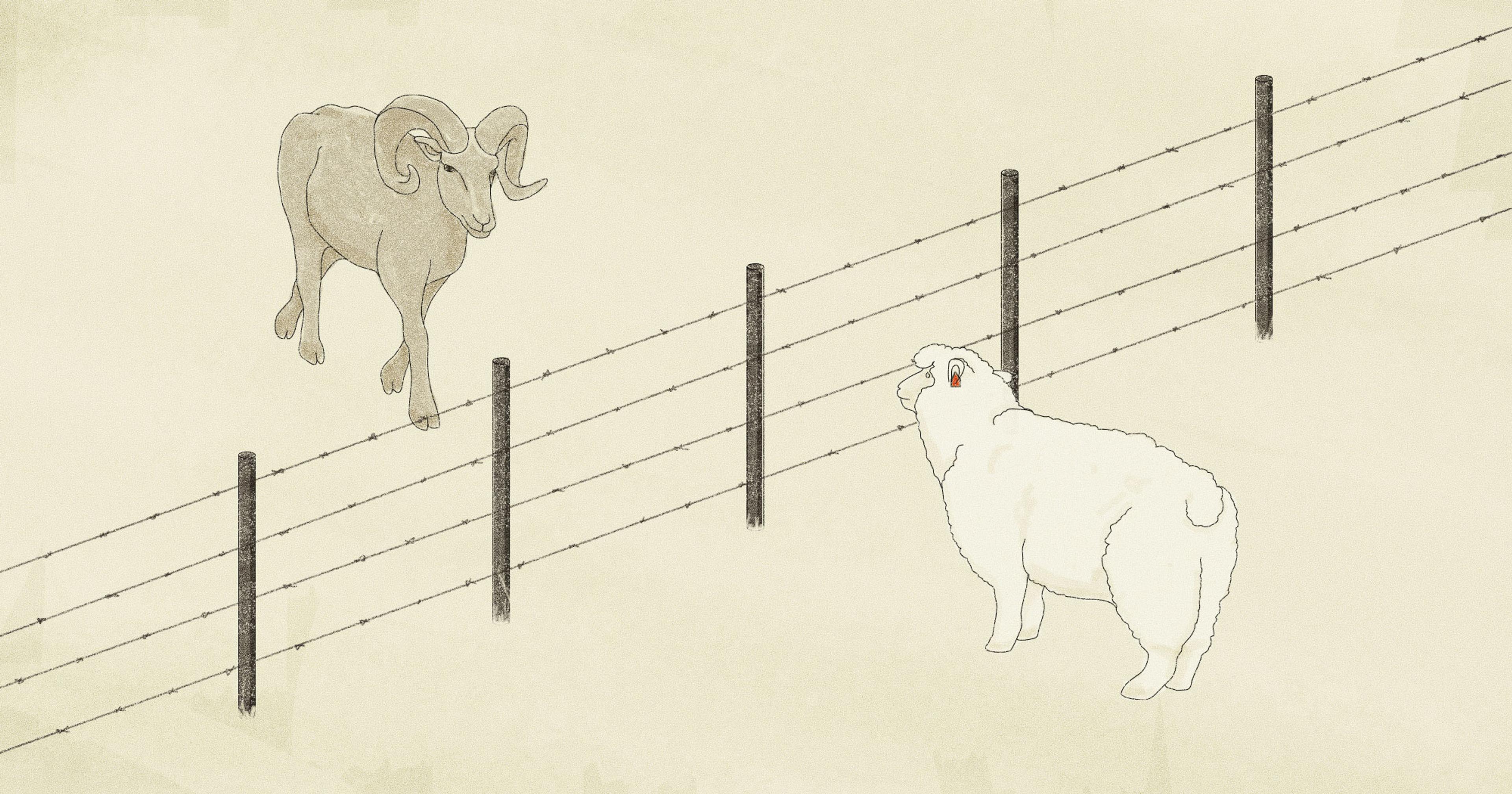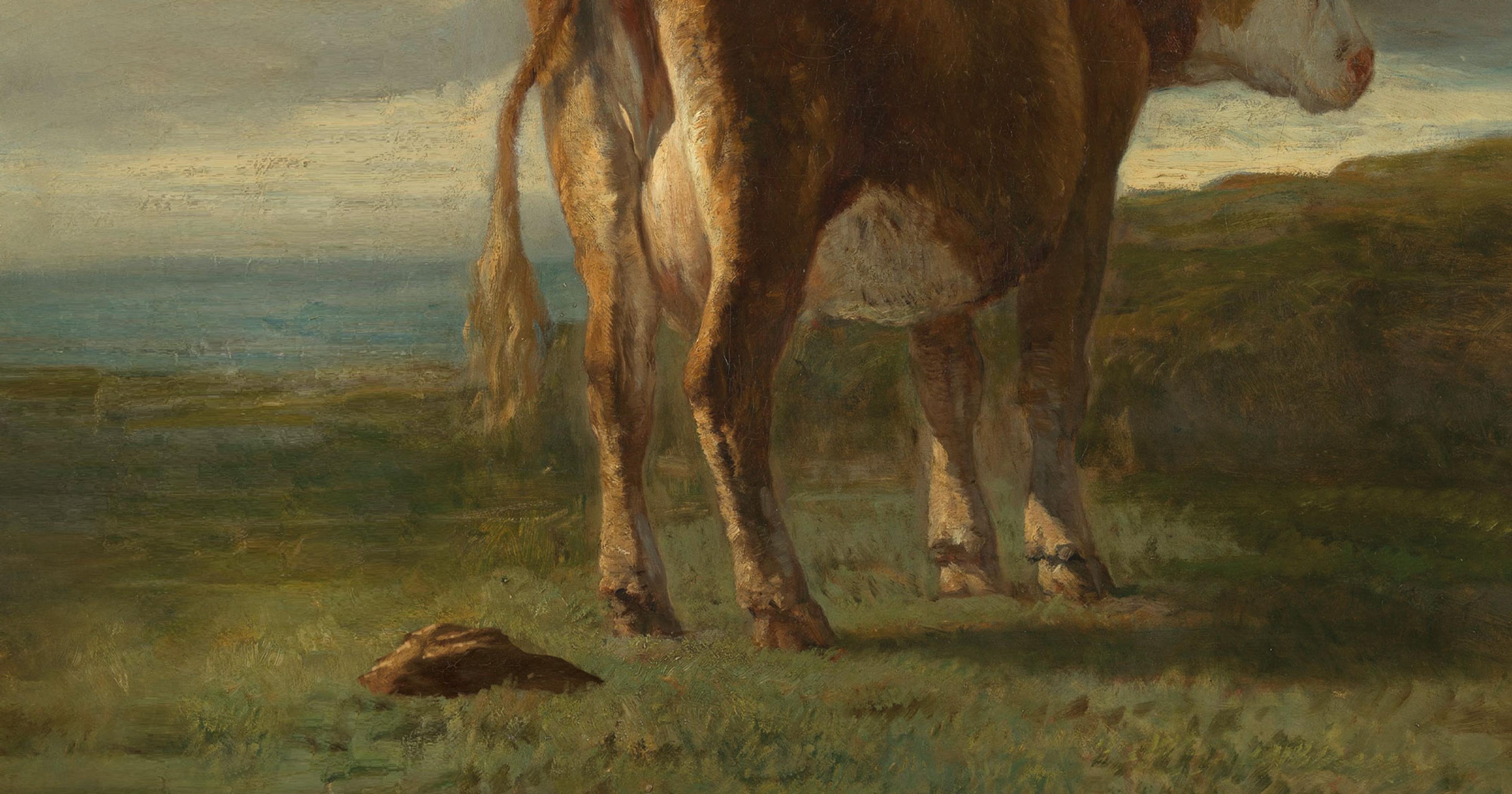Amid the carnivore diet’s viral surge, farmers grapple with profit and principles.
Suet, lamb liver, grass-fed beef tongue, paleo grind. These are just a few of the products on display at Acabonac Farms, which has raised livestock in Long Island’s Montauk hamlet since 2015.
Acabonac’s lineup of offal, pluck, and organ meats might be a turn-off for those used to more standard butcher offerings like sirloin steaks and lamb chops. Yet these are some of the farm’s best-selling products, according to Stephen Skrenta, Acabonac’s owner and operator.
Consuming a meat-heavy diet, often rich in organ meats like liver and heart, has come to be known as the carnivore diet. You may have encountered it on social media, with influencers like The Liver King performing shock-value feats like drinking blood and eating raw bull testicles in the name of health and wellness.
Eating organ meat is certainly nothing new. Historically, conserving every element of an animal was largely a necessity. As well, many non-Western cultures celebrate offal dishes, like Ecuadorian librillo, a tripe-based soup, and chakna, a Hyderabadi dish made from a medley of liver, kidney, intestine, and tongue.
But for farmers like Skrenta, the trending popularity of these oft-discarded meats comes as a welcome surprise. “If I raise an animal, the whole animal needs to be sold. I can’t throw away cuts … we wouldn’t be able to survive if there were any waste,” he said.
The economics of small-scale farming are indeed fraught, with many farmers taking second jobs, or turning to social media to improve their farm’s income and reach. Products catering to the carnivore diet, it seems, may offer farmers another way to increase profitability.
Doyle Karr, an independent agricultural consultant who previously worked at the Keystone Policy Center, has been studying the impacts of consumer trends on agriculture throughout his career. Karr said this type of hype cycle is familiar. Consumer demands, alongside improved research in climate and health, have helped amplify product innovations like organic produce, cage-free eggs, and antibiotic-free labeling.
“Consumers want what they want and will find a way to get it,” said Karr. “And, there is probably a farmer who will grow it for them, if they can be paid for it.” It all comes down to the math, he said.
“Consumers want what they want and will find a way to get it. And there is probably a farmer who will grow it for them, if they can be paid for it.”
However, riding waves of consumer trends don’t come without risk. Farmers need to weigh whether or not following consumer whims will come at a cost to their existing farm practices, said Karr, versus the predictability of what they already know.
“Many farmers have been burned chasing after trends like these,” he said.
Acabonac’s demand for organ meats does often come from its customers, said Skrenta — they often call the farm and make requests. That’s how suet, the fat around beef liver, ended up on the Acabonac menu.
“We also get requests for products we don’t have the ability to get out of our USDA facility, like beef cheeks, or tripe,” he said. Both beef cheeks and tripe require special processing to avoid contamination, the equipment and methods used in this processing are not available at all USDA facilities. Skrenta said he’s working on getting approval from his co-packing partners to process and sell these cuts.
As with most hype cycles, early adopters have the best margins in a new market, said Karr. As more producers enter the fray and supply goes up, prices will come down. That said, he noted that the carnivore diet differs in that its products are already in plentiful supply from traditional sources. This makes the barrier to entry low, but also opens the door for larger companies to swoop in and undercut smaller producers.
Acabonac farm prides itself on being a small-scale, regenerative farm, aimed at improving soil health, animal performance, and profitability — “in that order!” said Skrenta. However, an increased demand for animal products means an increased demand for animal husbandry, something the global climate may not be able to bear.
“Many farmers have been burned chasing after trends like these.”
Jason Hill, a professor of bioproducts and biosystems engineering at the University of Minnesota, warns against the environmental impact of increasingly carnivorous diets. “Agriculture and food are major contributors to climate change globally,” said Hill. “Between a quarter and a third of global greenhouse gas emissions are linked to what we eat.”
Hill’s research has shown that the worst climate offenders are ruminants like cattle, sheep, and goats. The manure they generate is damaging to water quality and air quality, not to mention the large land footprint needed to rear these animals and their feed.
“Generally, if you are moving toward more animals you are moving toward worse environmental impact,” said Hill. “Plant-based diets tend to be healthier and have a lower environmental impact,” Hill said.
Climate change is a detriment to farmers, not only in the destruction of land, soil health, and increasing natural disasters but also to farmer health. Hill said that while he understands farmers are a diverse group, full of differing motivations, it’s important to consider both short- and long-term profitability.
This doesn’t mean we can’t eat meat or raise livestock, he said, simply that reducing consumption of climate-heavy products like beef will be better for social, climate, and health outcomes.
Yet, Skrenta sees demand for more nutrient-rich, grass-fed products as a positive for both human health and the environment. “I hope people focus on what they are eating and where it comes from … and see the value of what they are consuming,” he said.
“My fear is that people are excited about this because of someone on social media, who probably was not being entirely honest with their followers.”
Jacob T. Mey, a nutrition and metabolism fellow at the Pennington Biomedical Research Center in Louisiana, likens the carnivore diet to other popular fad diets like keto, paleo, the dash diet, and the Mediterranean diet.
In 2021, Mey co-authored a survey-based study on carnivore diet followers, asking them to report their health changes over the course of a year. “Most said they started [following the diet] for health reasons,” said Mey, “and most say it improved those issues.”
Mey noted this data was self-reported and only extended over the course of one year. The study’s primary purpose was to characterize people who adopted the diet. “It’s rare that we see a unique, off-the-wall diet, like the carnivore diet, explode in popularity like this,” he said. “A lot of social media influencers were popular very quickly.”
He cautions against following any diets that make blanket statements about good and bad foods. “We know so much of the benefits of [plant-based foods] … so it’s hard for me to say excluding plants is just a blanket good idea.”
Skrenta believes most of his customers are driven primarily by supporting local agriculture, though many carnivore followers claim everything from weight loss to skin health as diet drivers. He acknowledges not all of his customers are buying organ meat for the right reasons. “My fear is that people are excited about this because of someone on social media, who probably was not being entirely honest with their followers,” he said. Carnivore influencers have repeatedly faced reckoning in the public forum, from the famed Liver King’s lawsuit-ridden fall from grace, to controversial psychologist Jordan Peterson’s family fanatacism with consuming meat, meat, and only meat.
To improve customer awareness and boost sales, Skrenta makes an effort to educate customers about the products they purchase. Tips on how to cook liver, what differentiates grass-fed products from factory-farmed products, and even the benefits of raw organ meat in dog food, go a long way in making people care about the process — not just the product.
For now, it’s working. Acabonac’s organ meats continue to fly off the shelves. “I wish that out of each animal, we got more [organ meat],” said Skrenta. “Because it does sell very well.”










